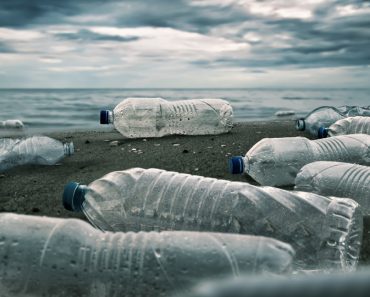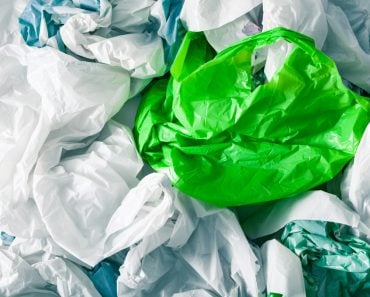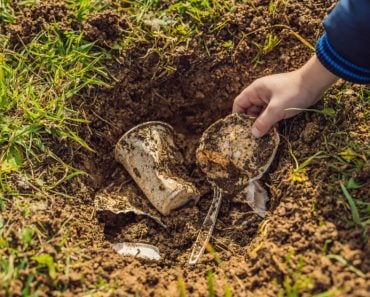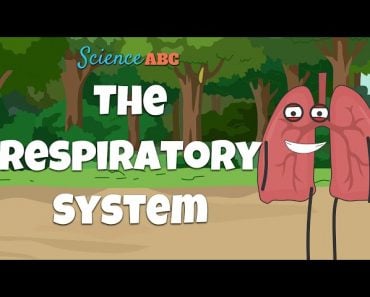Table of Contents (click to expand)
The garbage bags are effective at containing foul smells because they are made of a type of plastic that does not allow oxygen or small particles to pass through it. Additionally, garbage bags typically have an odor-absorbing material on the inside layer and a masking scent on the outside layer.
Every time there’s a bad smell in the office and we can’t pinpoint the exact source, we follow a protocol – everyone in the office clears out their desks, fills their trash bins and empties the contents in the ‘main’ trash bag of the office, which is subsequently carried out to the dumpster. As soon as this is done, the bad smell simply disappears!
It’s clear that the smell is usually due to half-eaten food sitting in someone’s desk from the previous day, but what’s really interesting is that once all the office trash is deposited in the main garbage bag, it doesn’t stink anymore! Clearly, the garbage bag does its work quite effectively.
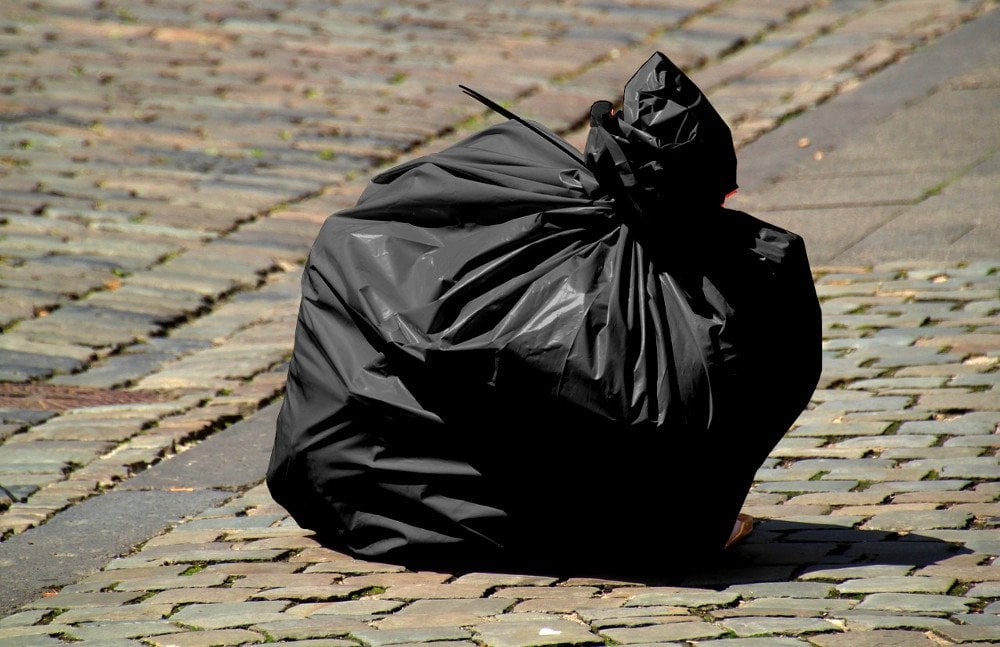
So, what is it about garbage bags that make them so good at containing such a wide range of strong and vile smells within their ‘plastic boundaries’?
This can be answered by looking at a few typical properties of garbage bags.
Recommended Video for you:
How Are Garbage Bags Made?
Garbage bags were invented by Harry Wasylyk, a Canadian inventor who had apparently had enough of the old method of letting garbage pile up in germ-ridden metal containers.
Garbage bags are made from polyethylene – a flexible but tough plastic commonly used in insulation and packaging. The thing about polyethylene that makes it such a perfect candidate as a garbage bag is that it’s resistant to moisture and many chemicals, and has superb insulation properties.
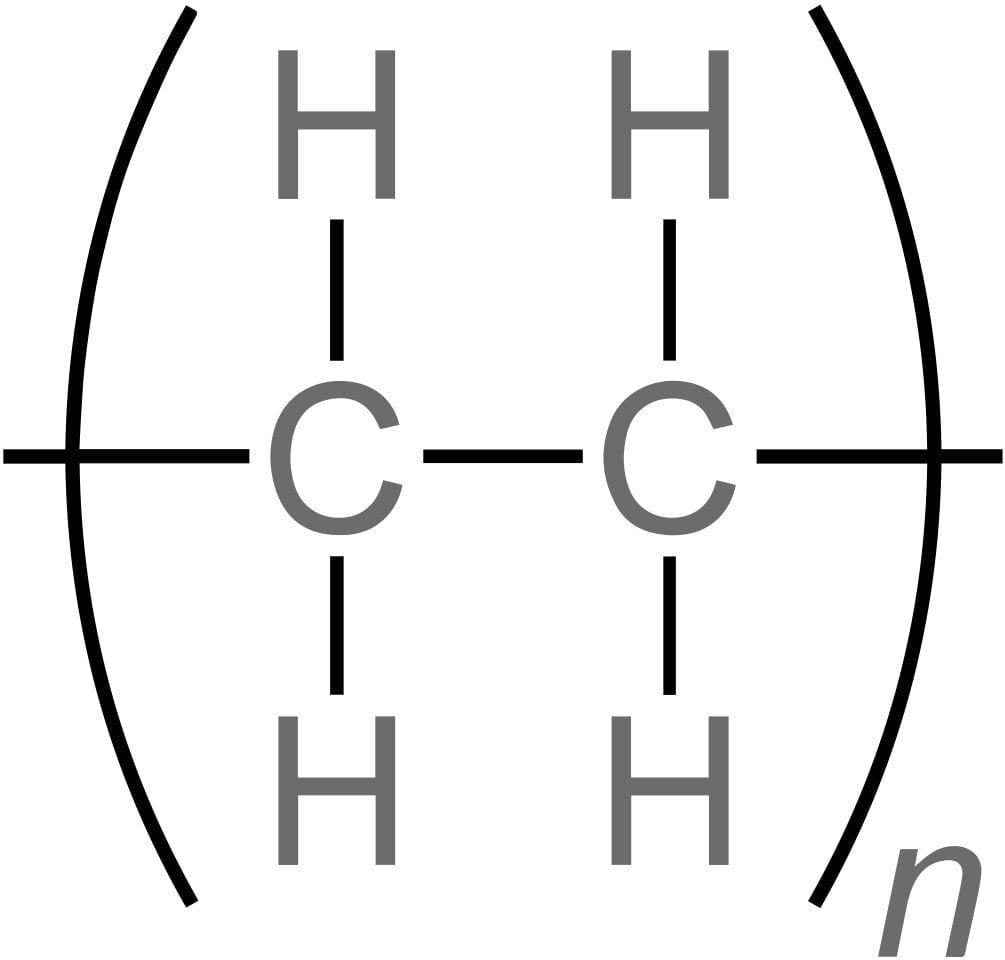
Garbage bags are created in large plants using heavy machinery. They are not produced individually, but are instead created in long tubes, then cut and separated to produce individual bags of different sizes.
How Do Garbage Bags Hold Foul Smells?
Garbage bags fight bad odor with the help of two plastics blended into different materials that make up the outside and inside layers. There’s an odor filler/absorber on the inside layer, which helps to keep the stink inside the bag. Plus, there’s a masking scent added to the outside layer, so all bad smells coming from the contents of the garbage bags can be masked.
Oxygen Transmission Rate
The smell-containing powers of garbage bags can be attributed to something known as the Oxygen Transmission Rate (OTR). The name is quite self-explanatory, referring to the steady state rate at which oxygen gas permeates through a film of plastic at given temperature and humidity conditions.

Some plastic films are made to have a very low OTR, so that they let as little oxygen as possible through their surface. This is achieved with the help of particular resins that are blended in the base film when a plastic object is manufactured.
Garbage bags, at least good (and therefore, expensive) ones, have a very low OTR, and as such, they don’t let oxygen and tiny ‘foul-smelling particles’ permeate them.
That’s essentially why garbage bags are so good at containing even the worst smells from your daily rubbish!



